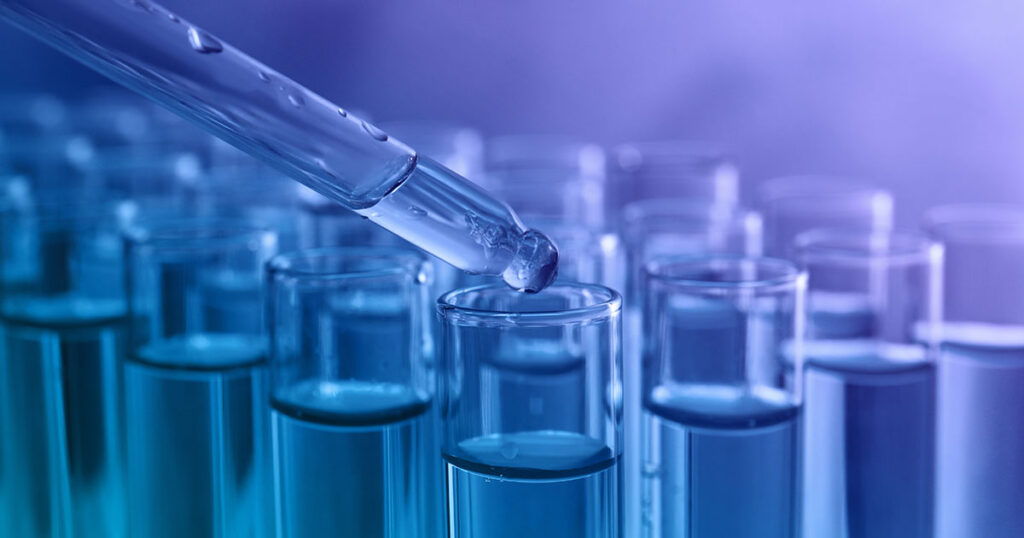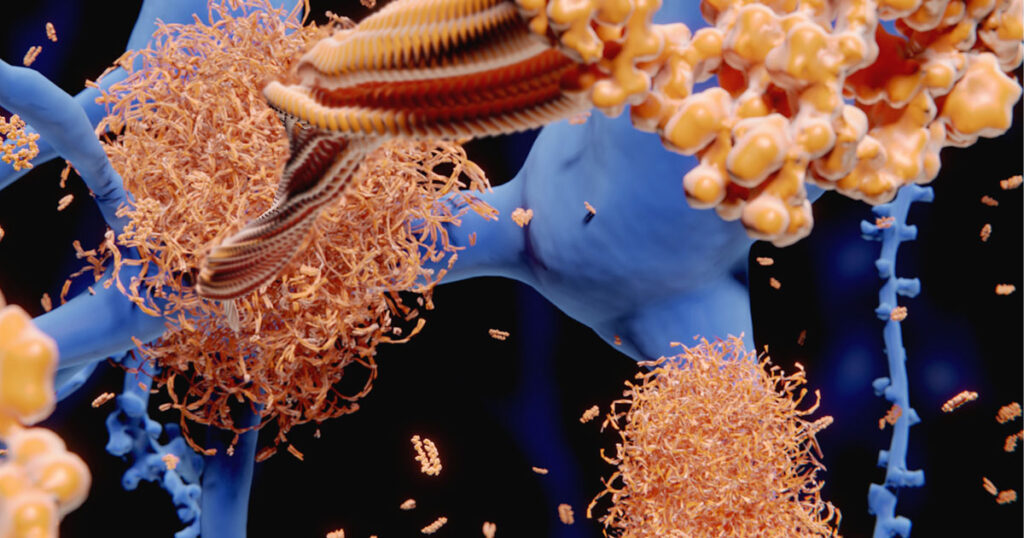When it comes to reconstituting peptides for research purposes, one essential component that researchers rely on is bacteriostatic water. This specially formulated water is crucial for maintaining the sterility and efficacy of peptides, ensuring accurate and reliable results. In this blog post, we’ll delve into what bacteriostatic water is, its key benefits, and how it functions in the reconstitution of peptide vials.
What is Bacteriostatic Water?
Bacteriostatic water is sterile water that contains a small amount of benzyl alcohol (typically 0.9%). The inclusion of benzyl alcohol is what distinguishes bacteriostatic water from regular sterile water, as it inhibits the growth of bacteria. This makes it an ideal solvent for reconstituting peptides, as it helps maintain the sterility of the solution over an extended period.
Key Benefits of Bacteriostatic Water
- Extended Shelf Life: The bacteriostatic agent (benzyl alcohol) helps prevent bacterial growth, allowing the reconstituted peptide solution to remain sterile and effective for longer periods. This is particularly beneficial for researchers who need to store their solutions for future use.
- Enhanced Sterility: By inhibiting bacterial growth, bacteriostatic water helps maintain the purity and integrity of the peptide solution. This is crucial for obtaining accurate and reliable research results.
- Versatility: Bacteriostatic water is compatible with a wide range of peptides and other compounds, making it a versatile choice for various research applications.
How Bacteriostatic Water Functions with Peptide Vials
- Reconstitution Process: Peptides are typically supplied in lyophilized (freeze-dried) form, which requires reconstitution with a suitable solvent before use. Bacteriostatic water is commonly used for this purpose due to its sterility and bacteriostatic properties. The reconstitution process involves adding a specific amount of bacteriostatic water to the peptide vial, allowing the peptide to dissolve completely.
- Maintaining Sterility: During the reconstitution process, maintaining a sterile environment is essential to prevent contamination. The bacteriostatic agent in the water helps mitigate the risk of bacterial contamination, ensuring the solution remains sterile.
- Storage: Once the peptide is reconstituted with bacteriostatic water, it can be stored for an extended period (typically up to 28 days) without compromising its sterility. This allows researchers to use the solution over multiple experiments or applications.
- Accurate Dosing: Reconstituting peptides with bacteriostatic water enables precise dosing. Researchers can accurately measure the required amount of the solution for their experiments, ensuring consistent and reliable results.
Conclusion
Bacteriostatic water plays a vital role in the reconstitution of peptide vials for research purposes. Its ability to inhibit bacterial growth ensures the sterility and efficacy of the peptide solution, allowing researchers to obtain accurate and reliable results. By understanding how to properly use bacteriostatic water, researchers can maximize the potential of their peptide-based experiments and contribute to advancements in their respective fields.
Disclaimer: This blog is for informational purposes only and should not be considered medical advice. Always consult with a healthcare professional before starting any new treatment or supplement.




